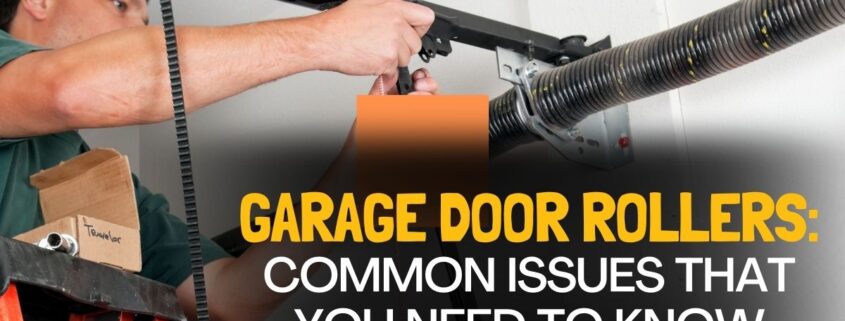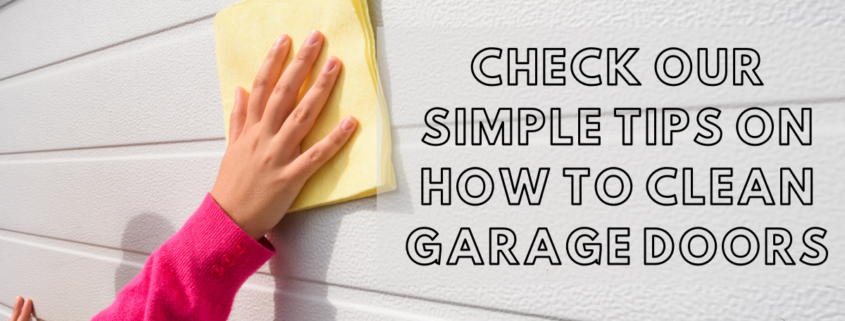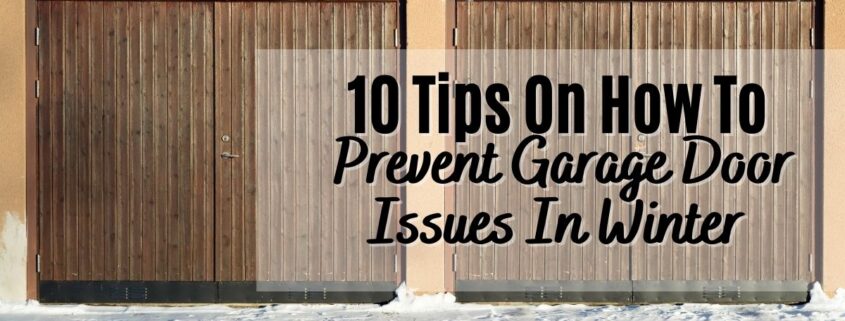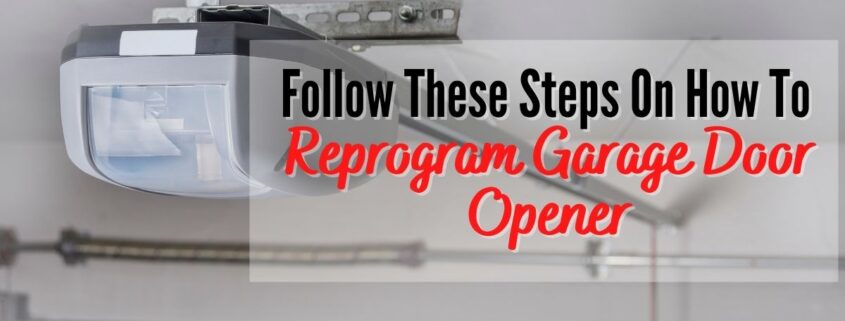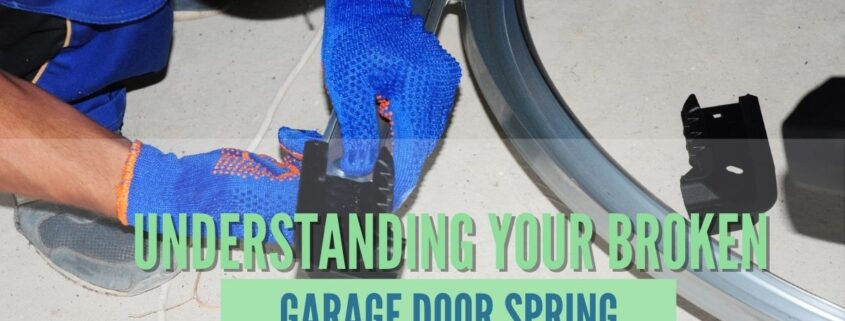Garage Door Rollers: Common Issues That You Need to Know
Rollers for garage doors are a key component of your garage door system and are very important in making our lives easier. The rod-and-wheel systems are connected to a set of tracks, allowing you to open and close the door smoothly even with one hand. However, they also have a life expectancy since they move up and down the track system a thousand times. As a result, the garage door rollers can also lead to various issues like wearing out and will need replacing at some point.
Knowing what’s causing the problem first can help you determine the best solution for your problematic rollers! Moreover, you can also ask garage door experts for help.
Common Issues of Your Garage Door Rollers
Keep in mind that when your garage door roller, tracks, and other parts are in top condition, it will extend the life of your door and cut down on costly repairs down the road.
Problems with garage door rollers can stem from other garage door part issues or from the rollers themselves. Check out the following common issues with your garage door rollers:
Poor Lubrication
If your garage door rollers and tracks don’t have enough lubricant, it will lead to other problems such as shaky door movement, a loud noise produced from the operation of the door, and roller bearing issues.
These issues can be solved by either lubricating the rollers with silicone spray (or household oil as an alternative) or replacing the rollers if necessary.
Track Issues
- If the garage door tracks are not well-anchored against the wall of your home, the rollers will usually go off track. Be sure to tighten the brackets to anchor the tracks well.
- Tracks that have dents can easily be repaired to continue the smooth operation of your garage door. However, heavy damages to the tracks may require replacement.
- Misaligned tracks happen when a car or a huge object bumps into the garage door. This can cause a gap between the rails and the rollers. Moreover, the misaligned tracks can also produce rubbing noises which can be annoying.
- An excessive build-up of grease in the tracks will attract dirt and cause rust, thus preventing the rollers from moving properly. This will cause the garage door rollers to slide and not roll. It’s better to clean the tracks of all excessive grease.
Worn Out
If your old garage door has steel rollers, they can wear out. The ball bearings stretch and the roller leans until the roller breaks off.
Types of Garage Door Rollers
The small wheels that ride along the track of your garage door are garage door rollers. There are usually 10-12 rollers for a 7-8 foot high garage door to operate. These rollers allow the door to roll up and down and have a standard fair of roller sizes. You can see and buy them at your local stores. Check out the following types of rollers:
Steel
This type of roller can be lubricated and is built with 10+ ball bearings. The steel rollers can last around 7,000 cycles, or for over five years. However, this type can be noisy especially if it is not equipped with a nylon tire.
Nylon
This quiet nylon garage door roller has a sealed 13 ball-bearing design that is responsible for a smooth door operation which can reduce stress on the automatic opener. The overall performance will be better with nylon rollers and can last a lifetime.
Plastic
This type may come standard with any new-build garage door as a budget-friendly cost option. However, they have no ball bearings and can last only for 2-3 years. Thus, replacement is necessary.
Why should you avoid DIY Garage Door Roller Repair?
If you have a broken garage door roller, you might first think of repairing it because it may seem like a simple repair. The job actually has several steps to take and complete A novice can experience complications along the process and some are pretty dangerous.
Annual maintenance for your garage door helps make sure that all parts and pieces are functioning properly and are in good condition. Several issues can arise such as worn-out gears and belts on the garage door opener or a door going off track. It’s still best to consult garage door experts.
Garage Door Issues: Seek Experts
Our highly skilled professionals at Overhead Door Company of the Inland Empire can find the best solution for your garage door problems. No worries, you can count on us to do repairs, service, and maintenance for all types of garage doors and garage door openers! Please contact us today.

